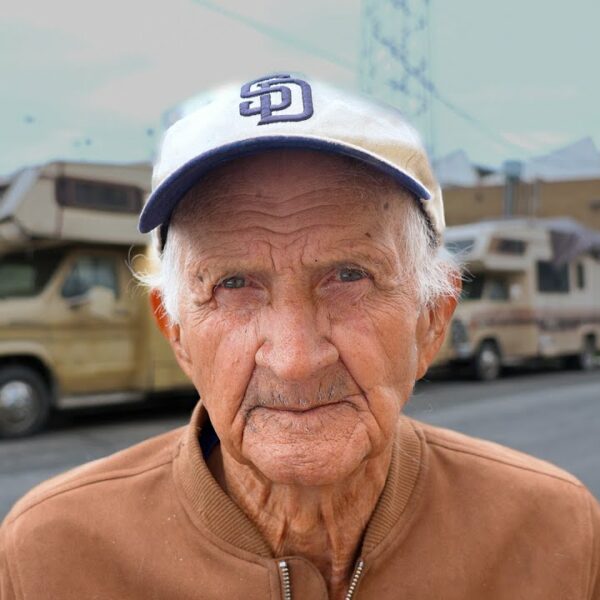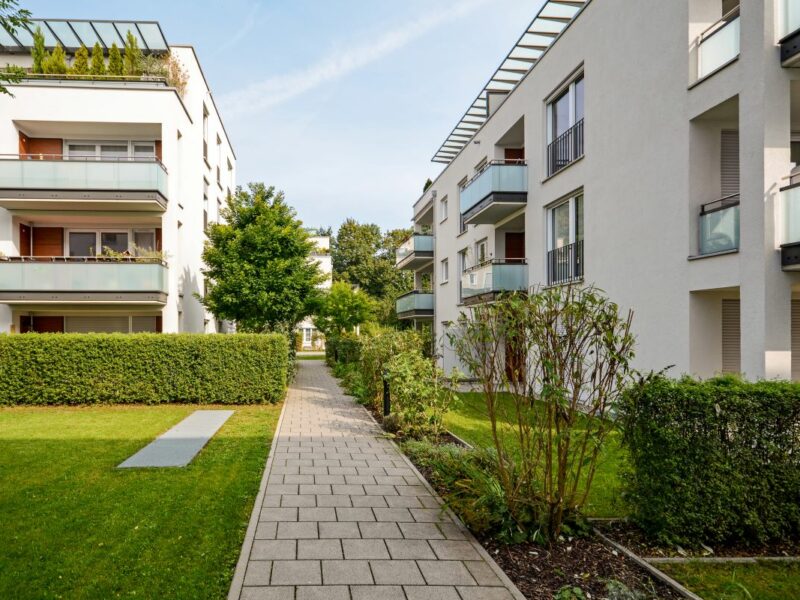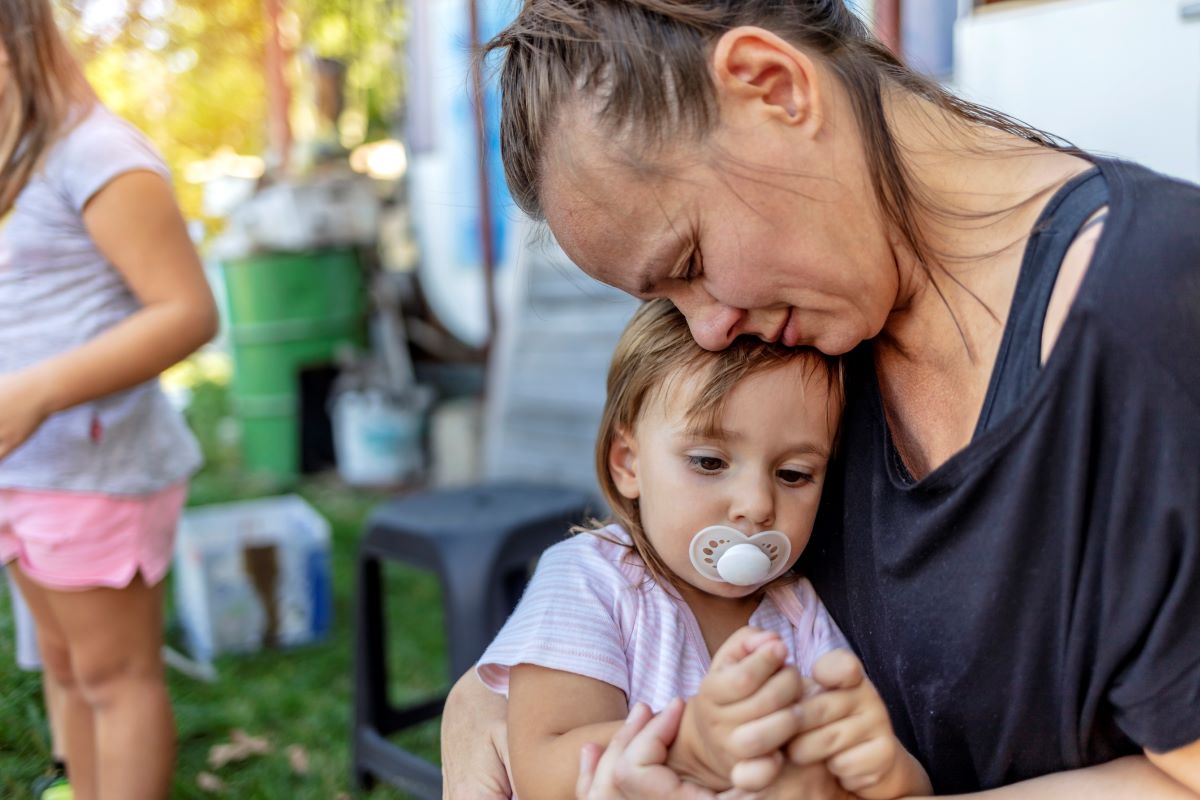We have grown to associate poverty with terms like “urban” and “inner city,” a wildly inaccurate sentiment.
There may have been a time in our nation’s past when city dwellers bore the brunt-end of the socioeconomic stick. Or perhaps this was always a lie projected onto the masses through a silky Hollywood lens with a captivating studio light. It’s hard to say for sure.
In movies, suburban streets are all-too-familiar stomping grounds filled with gossipy housewives and their golf-playing workaholic husbands, not to mention the occasional masked horror figure waiting to leap out with a final scare. We are told that unless we are watching a 1980s creature feature on a crisp October night, the suburbs are a pretty secure place to be.
It would seem the biggest problem one might run into on a narrow tree-lined street in Anywhereville, USA, is a nosy neighbor meddling in the mundane affairs of the town.
But the latest studies suggest something silently creeps through these tiny towns and microcities, setting people on edge. The culprit here is poverty.
Probably not the villain you’d expect. Nevertheless, poverty is wreaking havoc in so-called middle America, and, like any other monster, it is operating with reckless abandon, taking down whole communities one social safety net at a time.
According to the Institute for Research on Poverty, The Suburbs House a Vast and Growing Population of Poverty-Stricken Families and Individuals
More than 5.7 million, to be exact.
This research, brought forth by Will Maher and the University of Wisconsin-Madison, shows that poverty has hit the suburbs hard over the past two decades. Approximately 5.7 million newly impoverished individuals are housed here, accounting for roughly 48% of all national poverty growth.
Furthermore, suburban poverty increased in almost 100% of the 100 major metropolitan areas and more than 100% in many other regions! To quote Brookings:
“The rapid pace of growth in the suburban poor population during the 2000s fueled a significant ‘tipping point’ in the geography of the nation’s poor. For the first time, suburbs became home to more poor residents than cities.”
Factors fueling the growth of suburban poverty include but are not limited to:
- General downward mobility
- Aging
- Sudden unemployment
- Lower paying jobs
- Massive increase in population
- Lack of access to sufficient transportation
Notedly, all of the above-listed contributing factors are also underlying causes of homelessness.
Homelessness Hidden in the Suburbs: A Glimpse at the Region’s Unique Barriers to Housing
In an eye-opening episode of MetroFocus, the face of suburban poverty is introduced to viewers through a 30-year-old single mother of two who drives a minivan and drops her children off at a childcare center in a well-to-do section of town.
While on the surface, this family presents a picture-perfect scenario, in reality, the mother is making just under $20,000 per year and living doubled up with her mother in a small ranch-style abode.
Per the show’s host, this type of homelessness is undoubtedly less visible. But just because it’s hidden doesn’t mean it doesn’t hurt.
The certified medical assistant/single mom described the struggles of living paycheck-to-paycheck, escorting her children in an unreliable vehicle, and constantly worrying that her children would go hungry or be denied opportunities because she is poor.
Leigh Scozarri, the focal point of this particular story, is enduring a kind of homelessness known as hidden homelessness, which exists quite subtly in the suburbs because it’s out of sight. Hidden homelessness poses unique challenges due to so many of America’s hidden homeless population going uncounted or undercounted and, therefore, being underserved.
Oftentimes, on paper, people like Leigh Scozarri don’t even exist within the homeless population. And this, in turn, affects how they are treated regarding the services they are denied. Even though the suburbs and the cities now feature nearly equal shares of deep poverty, resources for economic disparities are hard to come by in suburban settings.
According to data published in The Economist, city governments, on average, spend ten times more on financial support for their impoverished residents than suburban governments do. Meanwhile, voters, misled by the mainstream narrative, support this choice to further disadvantage people experiencing poverty, leaving them isolated even within their own communities.
Some of the key contributing factors of hidden homelessness in American suburbs are as follows:
Auto-Reliance Due to Insufficient Public Transportation
In cities, public transit might get you from Point A to Point B with relative ease, making places such as workspaces, hospitals, libraries, and grocery stores accessible even for low-income earners. However, in the suburbs, where public transportation is limited, most residents are forced into positions of auto-reliance, meaning they have to own a vehicle just to get around to necessary destinations. This creates an astronomical expense that, with rising gas, auto, and insurance prices, can be crippling enough to lead to homelessness.
The Lack of Affordable Housing
Still the leading cause of homelessness, the shortage of more than seven million affordable homes is wreaking havoc on poverty-stricken communities in the forgotten spaces of middle America. Renters and would-be homeowners face stagnant wages, skyrocketing rental rates, and median housing prices that amount to nearly half a million dollars.
Lower Wages
As the corporate landscape shifts due to work-from-home opportunities and automation, we also witness a shift in the geographical locations of low-wage work – namely to suburban areas. As wealth inequality continues to fuel the national homeless crisis, big cities vie to increase wages, especially minimum wages. Suburbs, conversely, are less likely to push for higher wages, and that stagnation is slowly removing the suburban social safety net, causing homelessness.
Higher Eviction Rates
Mainstream media outlets like USA Today report that suburban evictions reached an all-time high in the United States, putting the suburbs on similar ground as the inner city in the number of residents teetering on the brink of homelessness through eviction.
Talk to Your Legislators About Poverty and Homelessness
The increase in poverty in America’s suburbs has not canceled out city poverty in any way. To be clear, urban poverty doubled in the decades between 1980 and 2010, and poverty-stricken urbanites are still very much in need.
We once declared an “unconditional War on Poverty.” Today, through anti-homeless legislation and rhetoric, we have declared war on poor people instead. Please talk to your legislators about acknowledging the intrinsic link between poverty and homelessness and drafting more protections for low and middle-income earners.











